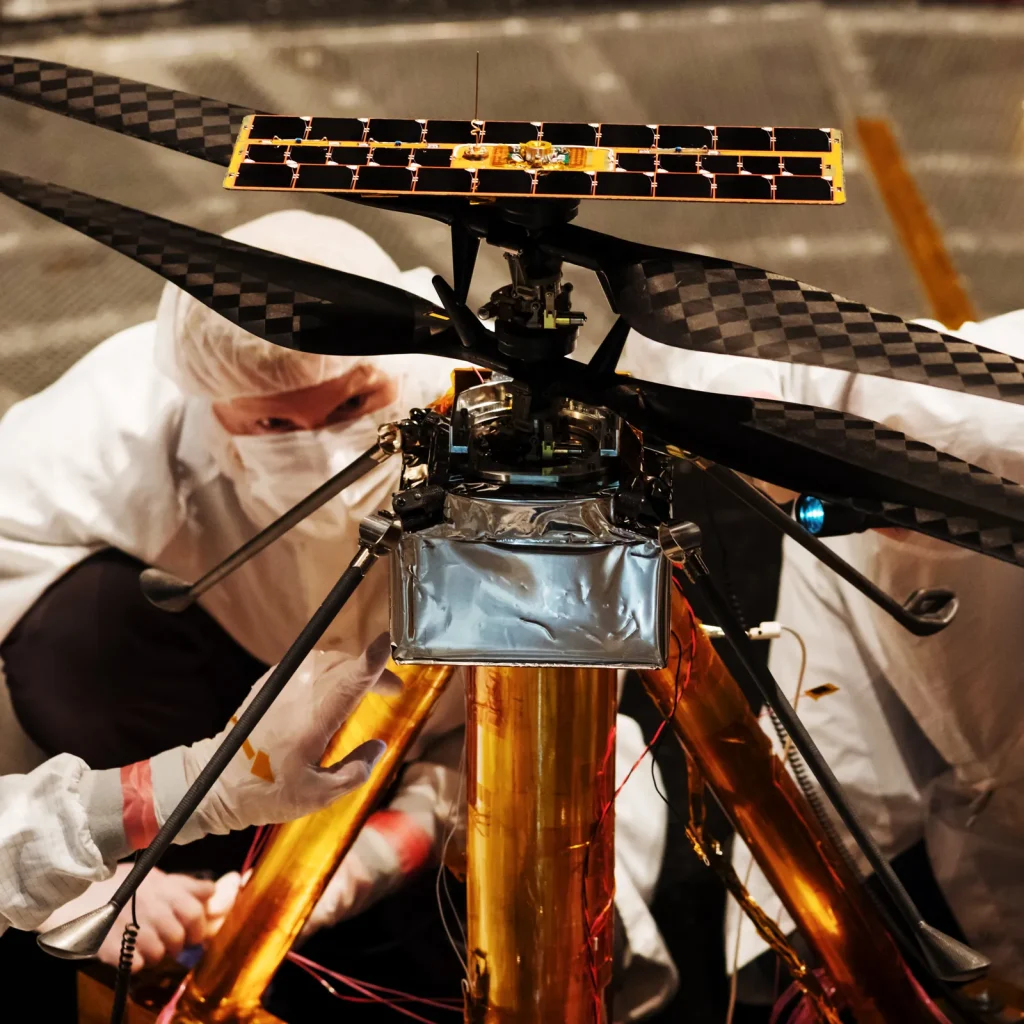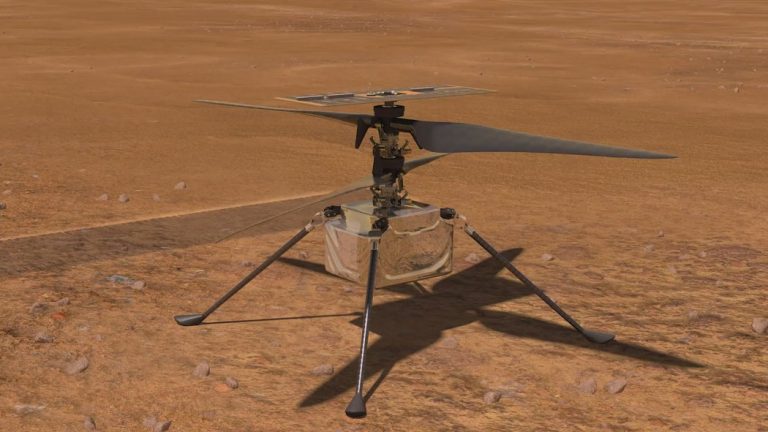NASA is sending two additional helicopters to Mars after the first one performed so well. The helos are comparable to Ingenuity, the “Marscopter” that travelled to Mars with NASA’s Perseverance rover. However, they will also be able to transfer tiny tubes that are loaded with pieces of Martian rock. (Consider them as alien drones with a design like to the package-delivery models Amazon has been working on.)

The European Space Agency and NASA are working together to transport Martian rocks back to Earth for careful study by scientists using cutting-edge laboratory equipment that cannot fit into a spacecraft. This is part of a significant rejiggering of NASA’s next big trip to Mars.
Rock samples have been taken by the Perseverance rover as it is exploring the Jezero crater. It concentrates on a dried-up river delta near the crater rim, a prime location where, if any organisms ever existed there, signs of prehistoric life might have been preserved.
The first strategy was to deploy an ESA-built rover to collect the samples, bring them back to the lander, and then load them onto a rocket and launch them into Martian orbit. The container containing the pebbles would be taken by another spaceship and sent to Earth. However, when the rover’s design became larger, it became too heavy to fit on a single lander together with that rocket. NASA revealed earlier this year that it will employ two landers: one for the return rocket and one for the rover.
The fetch rover is gone thanks to the mission change. Instead, Perseverance is supposed to travel to the lander and put 30 rock samples aboard the return rocket. NASA managers are optimistic that Perseverance will still be functional when the Mars Sample Return lander arrives in 2030 since Curiosity, a rover with a nearly identical design to that of Perseverance, is still operating on Mars ten years after its arrival.
The helicopters would be a fallback plan in the event that Perseverance had problems. The rock samples that Perseverance had deposited on the ground in tubes approximately the size of cigars would be sealed within the sample return lander, which would land nearby. The samples would subsequently be transported back to the lander by helicopters.
Several more years would pass before arriving in a tiny capsule on Earth in 2033.
The ongoing successes of Ingenuity, brought to Mars on the underbelly of Perseverance, have taken NASA officials by surprise. Following the mission landed on Mars in February 2021, the helicopter was initially planned to fly a few times during a one-month technical demonstration, after which Perseverance would leave Ingenuity behind and move on to its primary scientific mission.
However, Ingenuity’s missions, a challenging technological challenge in the thin Martian air, were so successful that NASA chose to have the helicopter continue to follow Perseverance and act as an aerial scout of the next terrain. Now, innovation has taken off 29 times.
Similar in size to Ingenuity, the helicopters for the sample return trip would have the addition of tiny wheels at the bottom of the landing legs. A tiny robotic arm would then be able to pick up the sample tube after each chopper had driven a short distance to straddle one.
The Mars Sample Return mission needs just one lander, not two, with the fetch rover gone. Because each landing on Mars increases risk, this streamlines the mission design and lowers costs. The expedition will cost billions of dollars in total, but NASA wouldn’t say how much.

